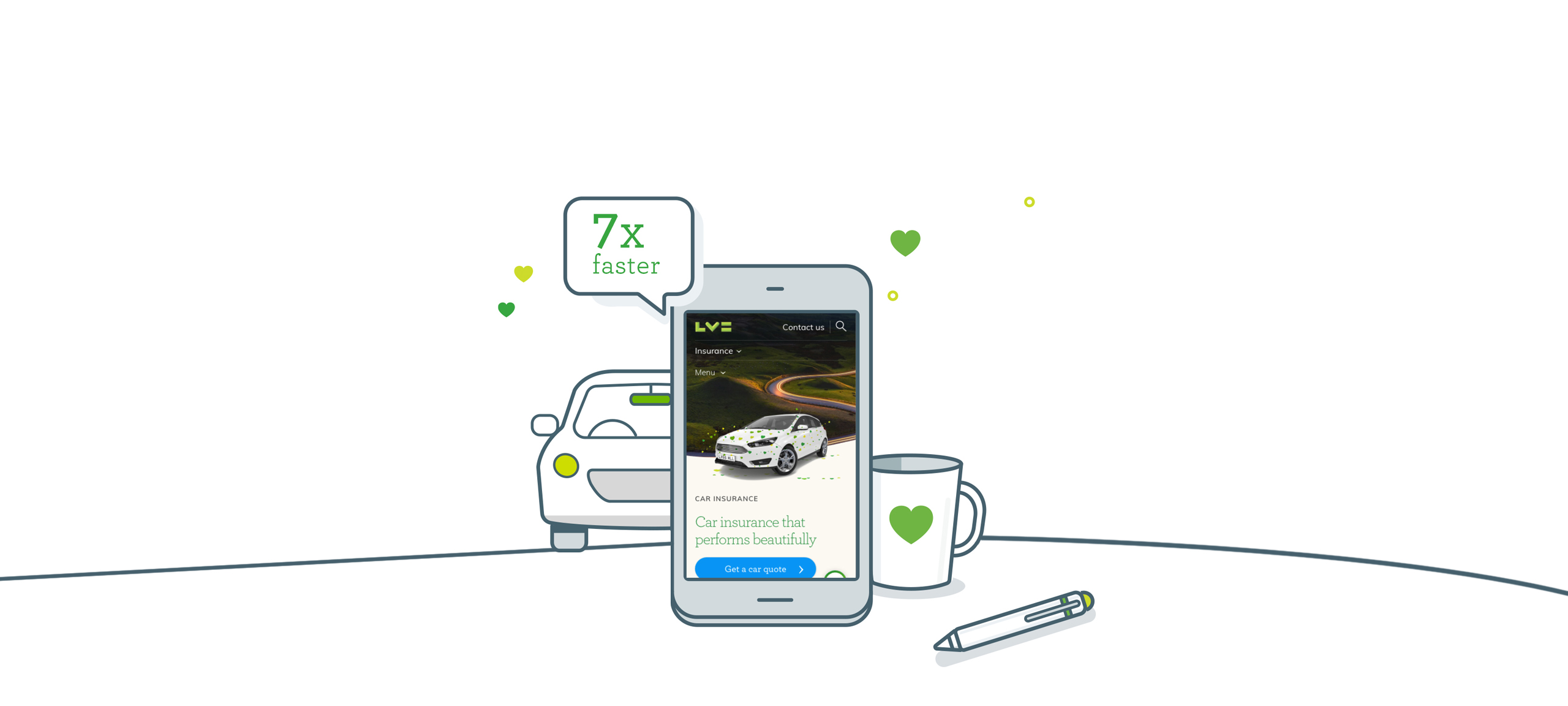Having a great reputation for function and value isn’t a bad place for a superbrand to be in – but, as Ikea understands all too well, it can come with certain drawbacks. “It’s not good when brands connect only to your brain,” explains Ikea Marketing Project Leader Carin Jacobsson. “Because then people will only go for the best deal and if they find a better deal they’ll leave. It’s much better to connect to the heart – if you have a relationship with a company you love, you’ll never leave.”

To build this relationship with a youthful audience, Ikea turned to Search – because, as Jacobsson explains, “We know that our younger audience aren’t watching TV or reading newspapers as much as previous generations – they’re online, and they’re turning to Google to answer every question they have.” Some of those questions, it transpired, were about more than purely functional matters – and that was where Ikea and marketing agency Åkestam Holst found their inspiration for what would turn into a hit campaign. With Google’s help, they sourced the 200 most popular search terms relating to relationship problems – then renamed key Ikea products to reflect some of the most popular. A daybed became My Partner Snores, for instance, while a three-port USB charger was renamed He Doesn’t Text Me Back.
“The new concept aimed to prove the products’ genuine presence in life by giving them a deeper emotional meaning,” explains Kjell Månsson, senior account director. “The instant insight was that there are always two – or more – persons involved in a relationship problem – but most often only one person is sitting home Googling it. We decided to change relationship problems on Google into relationship solutions at Ikea.”
“We know that our younger audience aren’t watching TV or reading newspapers as much as previous generations - they’re online, and they're turning to Google to answer every question they have.”
– Carin Jacobsson, Marketing Project Leader at Ikea
Success was instant and impressive: Ikea Retail Therapy was seen by 1.7 million Swedes (out of a total population of 9.5 million) – but more importantly, the perception of Ikea’s products changed. The campaign eventually garnered a global media reach of 175 million, with 100,000 positive shares on social media – and it also increased sales of some of the items featured by more than 25%. “It actually did drive sales, but it was primarily a brand-building activity,” says Jacobsson. “It showed Ikea as an innovative company, not just in the way we think about online, but also with the products we offer – like smart lighting and so on, that people might not have been aware that we were offer.”
Going forward, Ikea plans to keep pushing the boundaries of Search – and using it in interesting and unexpected ways to connect with customers, perhaps by using the Home Hub to help with flatpack assembly or visual Search to aid home decoration. “We learned that, by combining data with creativity and understanding you can make results relevant to consumers while adding humour,” says Jacobsson. “It’s about using the environment in new ways – we’ve come to a time where companies need to earn the respect of consumers, and you can always do that by giving them a smile.”






